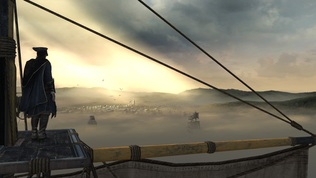 Dawn on The New World. Revolution is brewing in the American colony. One young Native American, caught in the middle of a multi-front struggle, takes it upon himself to fight for freedom in this new world and for the prosperity of his people. It will not be an easy fight.
1. Gameplay
I have liked the Assassin’s Creed games, but after “Brotherhood” it started to feel like the games were giving diminishing returns. There’s only so many times that I can do the same stealth platforming missions with the same frustrating failures before I simply get bored and want to try something different. After finding out that Assassin’s Creed 3 would be released only a year after the previous game in the series, my expectations weren’t high. I am happy to say that Assassin’s Creed 3 surpassed my expectations and, due to some brilliantly designed surprises, stands as one of my favorite games in the series. Much of the game is going to remain relatively unchanged from the previous games in the series. The player will take control of Conner, a Native American whose British father is the leader of the Templars. The Templars, based very loosely on the religious group of knights who operated during the Crusades, have set their sights on bringing peace throughout the world through tyrannical rule of all humanity. Their idea of safety can only be accomplished by the relinquishing of all personal freedoms. The player takes the role of an Assassin, who believe the complete opposite. They believe that true peace can only be accomplished by complete freedom for all men. If there is even an ounce of tyrannical rule, there will be conflict. Both sides end up using the American Revolution as a means to accomplish their ends even though neither side is 100% invested in the conflict. The story was actually somewhat captivating and I found myself interested in the plight of the main character. The antagonists were weak, but I overlooked that most of the time. I was much more interested in seeing how the writers tied in the Templar/Assassin feud into the historic events of the American Revolution. Players will participate in many major events. Even though serious artistic license is taken, it can help high school students identify with the events going on during that time period. The highlight of the game by far is the naval campaign. During these, the player will command a naval warship on certain major battles. The developers did an amazing job with these games. Players will not only have to learn how to properly time their broadside volleys and their small swivel cannons but also learn how to properly combine wind speed and direction in their positioning. The battles get even more complicated during severe weather, when the player will have to battle “rogue waves” and “rogue winds” while simultaneously battling enemy warships. Every victory felt like a major accomplishment. This is the kind of game that I would be okay with a younger generation trying out simply for how well it relates historic events to a modern audience. Like I said, the writers took some serious artistic license, but little else can put the player at the helm of a warship or at the side of George Washington or in the saddle of Paul Revere’s midnight ride. If you can get over the violence included in this game, I would seriously recommend letting your children play this game.
Assassin’s Creed 3 is a long game. I completed everything that I believed to be meaningful in around 36 hours, but there was still plenty to do. There are a lot of missions, side quests, and collectibles that the player can hunt for in two major cities and two wide open landscapes. As if that isn’t enough, Assassin’s Creed 3 boasts a pretty extensive and fairly popular multiplayer system. If a player can get over the initial shock of how difficult the multiplayer modes can be, he can easily add an extra 10 to 20 hours of gameplay.
There were a couple of things that I found frustrating about this game. First, almost all of the main missions include optional objectives that the player can complete. They aren’t necessary for completing the game, but gamers that typically go for achievements will likely attempt to accomplish them. Most aren’t too difficult but do require some skill and careful planning. These optional objectives are designed for players looking for a challenge, so they’re not going to be easy to accomplish. However, some were downright aggravating. Every player will have one or two that they personally believe are so close to impossible that they might as well give up, but there are a few that came up time and time again online. There was one in particular where the player had to tackle a fleeing enemy from above. This wasn’t necessarily difficult because it required skill or planning but because the controls would be unresponsive and not recognize what you wanted to do. In this case, you would try to tackle the target but would usually either jump in a random direction or tackle one of the many nearby guards. 2. Parental Notices
The violence in Assassin’s Creed 3 has lessened significantly from the previous games. Players will still have to kill dozens of enemies, but I found that the high amount of violence usually associated with the Assassin’s Creed combat was almost completely absent from this game. That isn’t to say that this game is completely devoid of violence, however. The player will use different bladed weapons to kill many enemies that will attempt to kill him. Combat is usually pretty predictable. Enemies will approach the player and begin to attack. I tended to wait until an enemy moved to strike, then countered their attack (which always results in an instant kill). After the first kill, I would attack nearby enemies. Killing one enemy almost always started a “combo”, in which most nearby enemies could be killed instantly with a single attack. These kills were not subtle nor quick, though. Most of them involved stabbing an enemy repeatedly with the hidden blades, which resulted in a significant amount of blood. What reduced this level of violence was the surprising lack of weapon variety and the game’s encouragement of using hand-to-hand combat. While different weapons and weapon types were available to the player, I never discovered (and the game never encouraged) new weapons to purchase until after I was done with the campaign. The weapons were there, but I never found a need for them. My hidden blades (and my fists) were more than enough to take down nearly every enemy. Hand-to-hand combat was also encouraged indirectly. The combat worked exactly the same, but taking down an enemy did not result in their death. They were simply “incapacitated”, even if the finishing blow seemed like it should kill an enemy. The unarmed combat always involved different forms of mixed martial arts, but it never generated in anyone’s death and it never resulted in any blood. In addition, the player’s notoriety would increase much less quickly if the player took out guards using bare hands. This meant that the player could travel through the game more easily if he used unarmed combat rather than using weapons. Blood can sometimes be seen in copious amounts. As mentioned before, this will largely vary on the weapons the player uses, but sometimes blood is unavoidable (such as during cutscenes). The only time that I ever saw anything remotely resembling gore was during one cutscene where a character had his leg blown off by an enemy cannon. Other than this, gore is never present. Normally the content in this section would receive a higher score, but the amount of time spent participating in non-violent activities lessens the overall violence rating. The player will spend much more time traveling, completing side quests, and exploring than he will in violent activity.
Sexuality is very rare in this game. While sex is implied between the main character’s mother and father, it is never actually shown. Those two characters are only shown kissing before the game fades to black. During the next loading screen, the main character’s mother explains that she got pregnant from the encounter. This encounter will be referenced by other characters, but discussions about the player’s conception are rare. There is one time when the player will be helping Paul Revere during his famous ride to warn people that the British were coming. The player comes across one house that seems to be empty. Suddenly, a topless woman (almost certainly a native) runs from the house into the woods. A man comes out in only his underwear and greets the player. The event is never discussed. There is a point early in the game when the player has to assassinate someone during a play. While the player is climbing around the theater, he can stumble upon two people making out in one of the private booths. If he watches for long enough, the man begins to kiss the woman’s breasts rather passionately.
The only real substance in the game is alcohol. Multiple characters will be seen consuming different types of alcohol on many occasions. Most of the time this will be in a tavern setting while discussing plans, so it’s overall rather benign. There are a few rare instances when drinking related activities can be seen outside of the tavern setting. For example, very early in the game the player will watch a cinematic that shows Desmond drinking shots at a bar. There is one character that the player finds who has gotten completely drunk. The player has to help this character, who eventually sobers up and joins the player’s township.
Gambling is somewhat rare in this game. There are three different gambling games that the player can engage in all of which are based on real games that came from that time period. However, only one of them could be considered even a somewhat viable source of income. The “bowls” game, which is a bit like lawn bowling, has enough skill involved that good players have a decent opportunity at victory. The other two games are so unbelievably difficult to beat that players basically have to make random, barely-strategic moves in order to be victorious. I attempted to complete the games in order to get an achievement, but found that they weren’t worth the amount of effort I put into them. After 30 minutes at each game, I gave up and moved on to other, more entertaining things. 3. Other Factors
There are no modding tools currently available for this game.
While religion has been a major factor in the previous Assassin’s Creed games, it is surprisingly sparse in Assassin’s Creed 3. The player will be continuing the battle of the Assassins versus the Templar, but the religious aspects of the feud are completely superficial. If the names of the two factions were changed, the basic story would not be any different. Within the colony world, the player will be able to climb churches and some characters will have religious affiliations, but the interactions between the player and religious symbols or people are minimal. The player will be able to acquire a minister for his homestead, but the interaction between the player and the priest is uncommon. He came into the game very late for me and by the time I finished my playthrough I had only accomplished one or two missions for him. None of them were noteworthy. At the end of the game, one of the forerunner god people reveals the player’s fate. If he chooses to not release Juno (one of the gods) a natural disaster will kill almost all of Earth’s population. He will bring peace to the rest and will be treated like a messiah, but his words will eventually be distorted for those who wish to rule via theocratic tyranny.
Considering the time period and subject matter of this game, anti-law is a major factor. There will be a lot of talk of revolution and the general public will be overall very mistrusting of the British forces. There will be numerous missions based on historical events, such as the Boston Massacre, in which colonists directly clash with the local law enforcement personnel. The player will also engage in these acts as well. While most of the time he will help the Patriots in overthrowing the British stranglehold of the colonies, the Patriot law enforcement doesn’t seem to look kindly on him either. Any acts that draw attention, even if they seem relatively minor (such as jumping from rooftop to rooftop), will quickly result in violent intervention by local law enforcement. Almost all of the enemies that the player fights could be considered “law enforcement”. However, most of the laws of the land are negated or blurred once the revolution breaks out.
The online community for this game is very similar to the previous Assassin’s Creed multiplayer communities. Some players are extremely skilled at the multiplayer game modes and the matchmaking system doesn’t do a very good job of separating players by skill level. Despite this, there was no bullying or unsportsmanlike conduct that I observed. I would recommend that new players take the time to complete the campaign first, then slowly transition into the multiplayer community. The multiplayer requires a lot more stealthy quick decisions made after careful planning than the single player. Team game modes help since the team can make up for the mistakes of an individual player.
As with the other Assassin’s Creed games, extreme sports are a serious factor in this game. Almost all of the gameplay will involve “freerunning”, in which the player will run along objects and scale buildings as quickly as possible without any sort of support or equipment. The player will be all but required to scale extremely tall structures (such as church steeples) in order to get a better vantage point and reveal a large area of the map. What is different about Assassin’s Creed 3 is that the game allows the player to climb certain trees and move from branch to branch. This, along with the urban climbing, is a constant element and will be required by a number of different missions. There were a number of times when I didn’t quite make the jump that I was expecting. When this happens, usually the player will survive. However, there were a few occasions (as with the time that I jumped off of the top of a very high tree straight onto the ground) when the leap is too great and the player will “desyncronize”. But the difference between death after a very sudden stop and survival without any damage is often just a pile of leaves or a few well placed (large) branches. I’m not kidding, the player can jump from any height and as long as he lands in usually well-placed piles of sticks in the woods he will survive. The original Assassin’s Creed games used bales of hay or wagons of flower petals, which (while illogical) at least seemed plausible. However, I always felt like something was seriously wrong about surviving a landing in a pile of branches each as thick as my arm after a 100-foot drop. There are also a few sections where the player will take control of Desmond on order to forward the “present time” storyline. In these missions, he will have to perform acrobatic moves as well. For example, one mission has him climb to the top of a crane (which is on top of a skyscraper) in order to parachute onto a nearby skyscraper’s helipad.
The only magic that comes in revolves around the forerunner race and their artifacts. Somehow the creators of the human race have such advanced technology that they can render dynamic 3D versions of themselves with their distinct personalities anywhere in the world. I’m not really sure how it works, but it’s clearly supposed to be technological. What I do consider to be too close to magic for comfort is the “Apple of Eden”. In one brief section the player will hold this softball-sized device which is able to instantly kill all enemies in the immediate vicinity. The game never even hints at how the apple is able to do what it does. It is because of this that I consider it “magical” enough to be mentioned.
Execution Execution comes up a few times over the course of the game. The most obvious example is when the player is accused (and simultaneously convicted) of plotting to assassinate George Washington. He is nearly hanged publicly as a result. Fortunately, his friends are there to bail him out and save George Washington from the true assassination plot. There are also a few times when the player will have to save civilians from British firing squads. The game paints it as the British going on a witch hunt for anyone who they even suspect of helping the colonists. Suicide
In one scene, Desmond uses the Apple to get enemies to kill each other and themselves. It's a pretty brief scene though.
0 Comments
Leave a Reply. |
Like what we do? Want to see more? Donate to the site using the button below!
Not sure what a term means? Read the definitions!
Not sure what a review section is about? Find out more information!
|
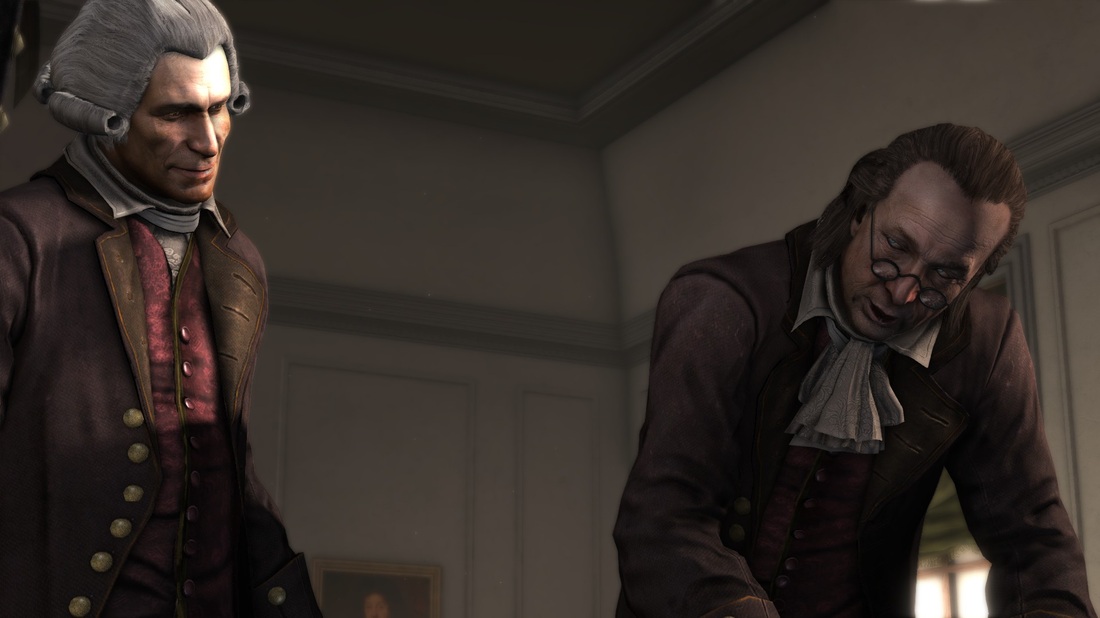
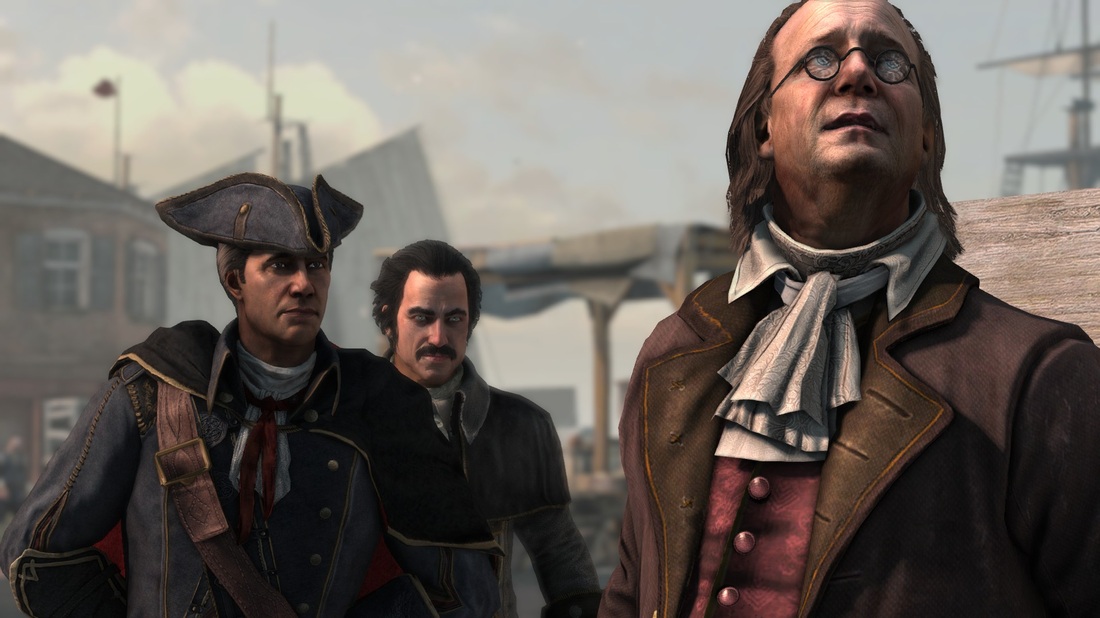
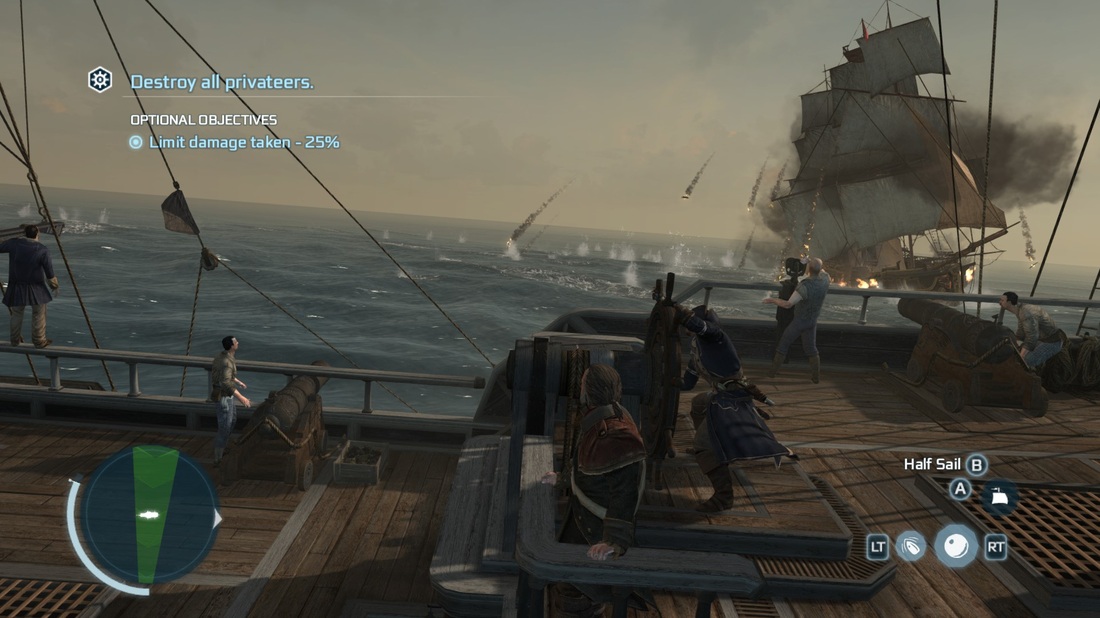
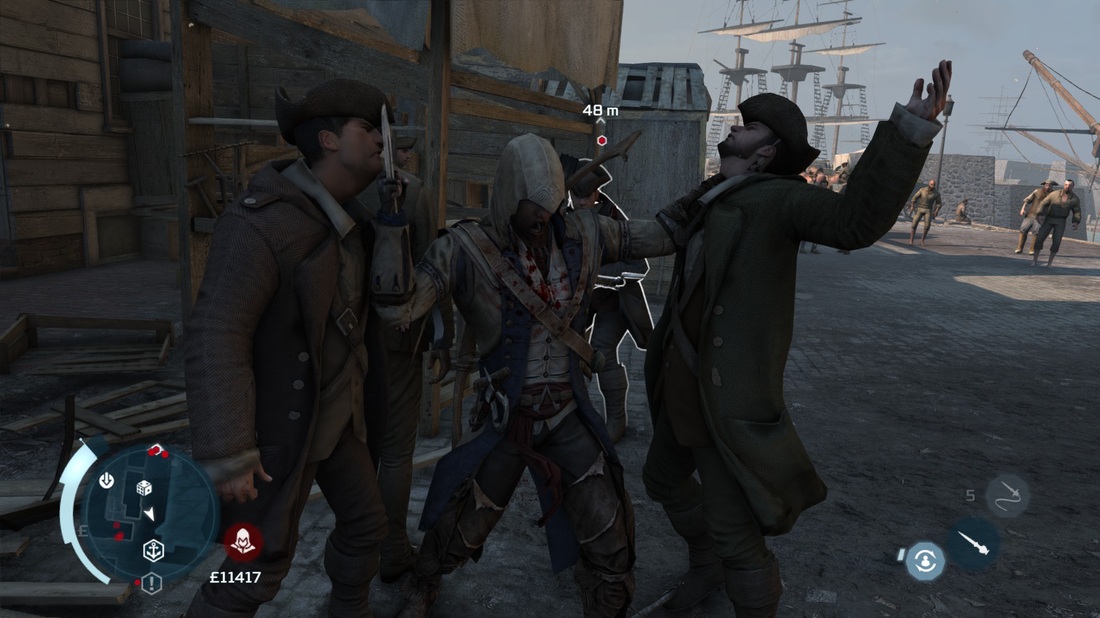
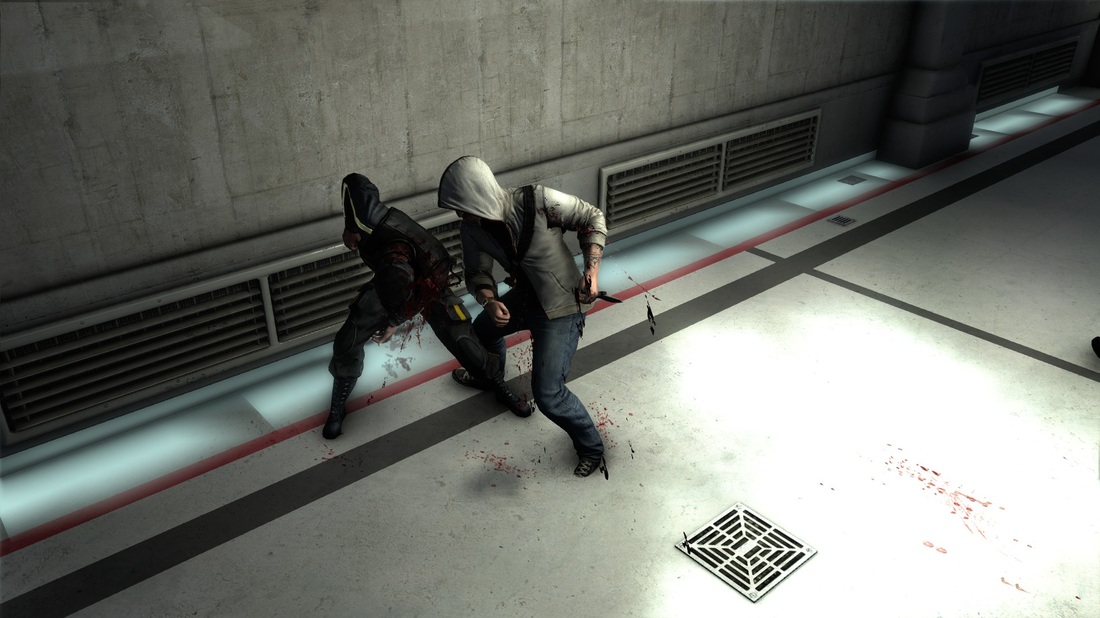
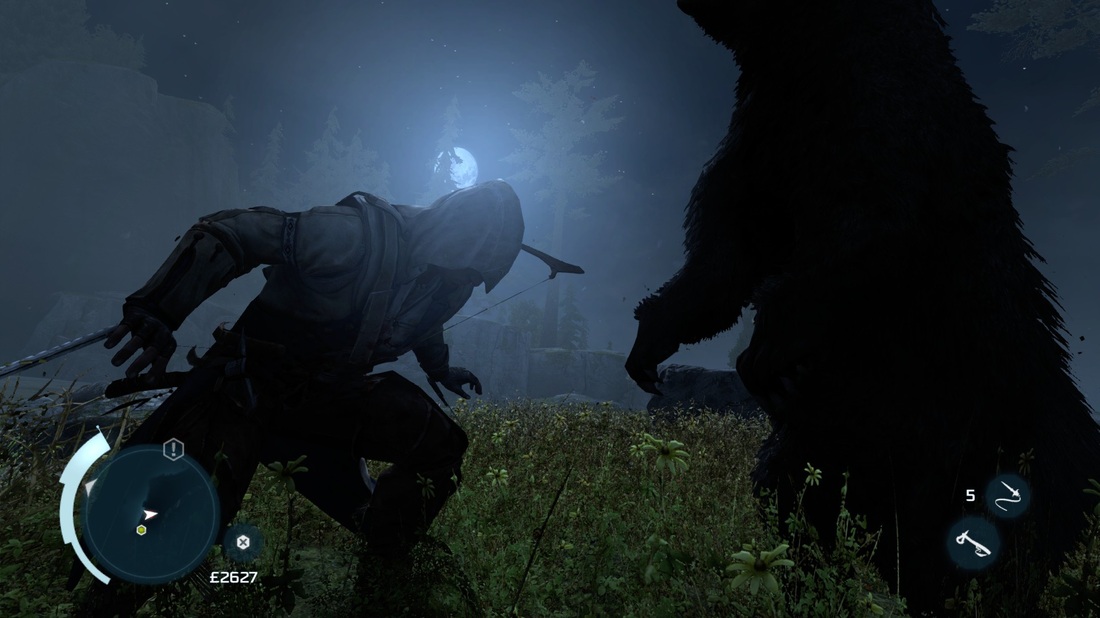
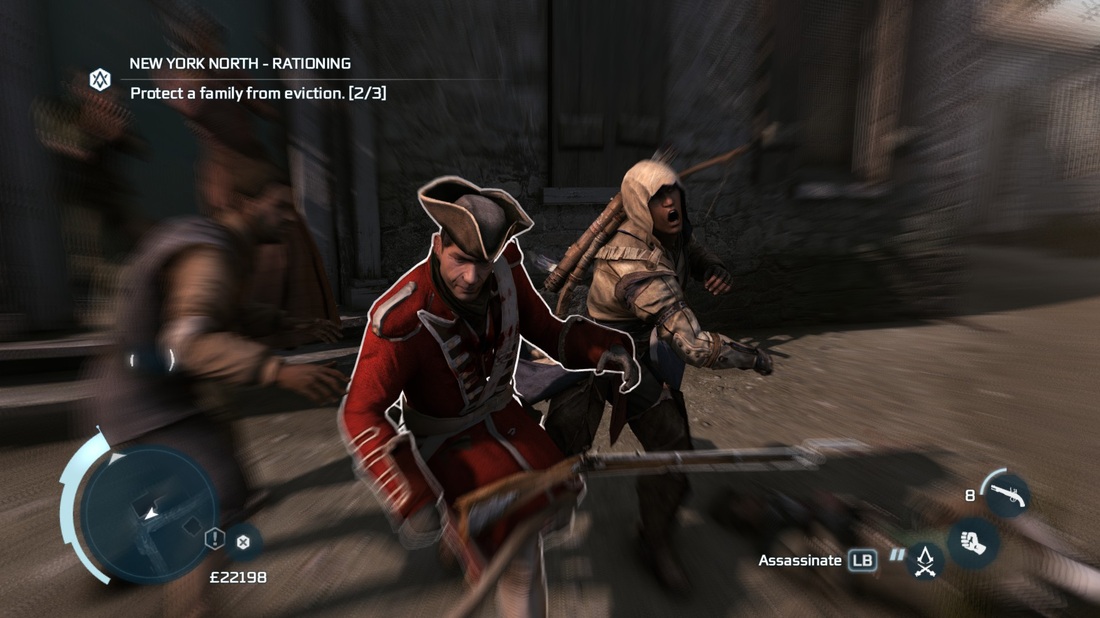
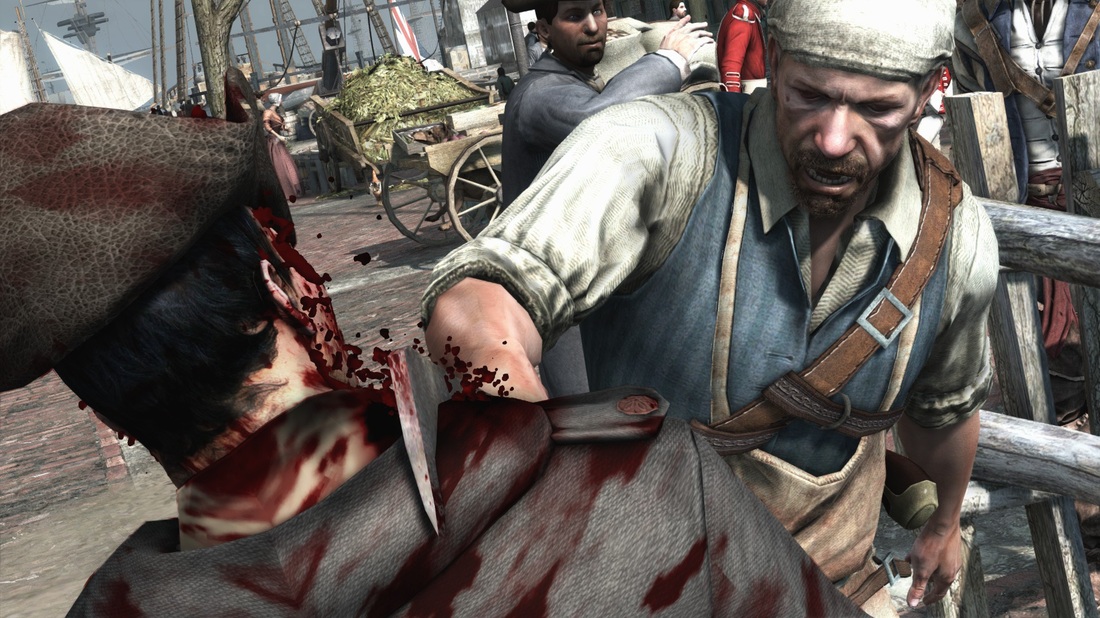
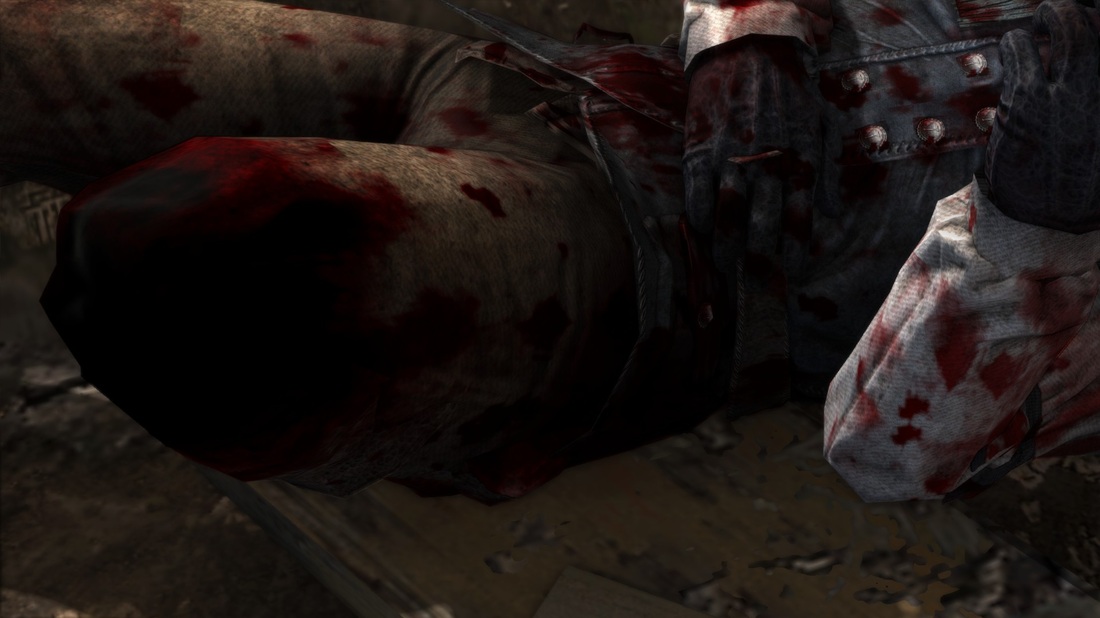
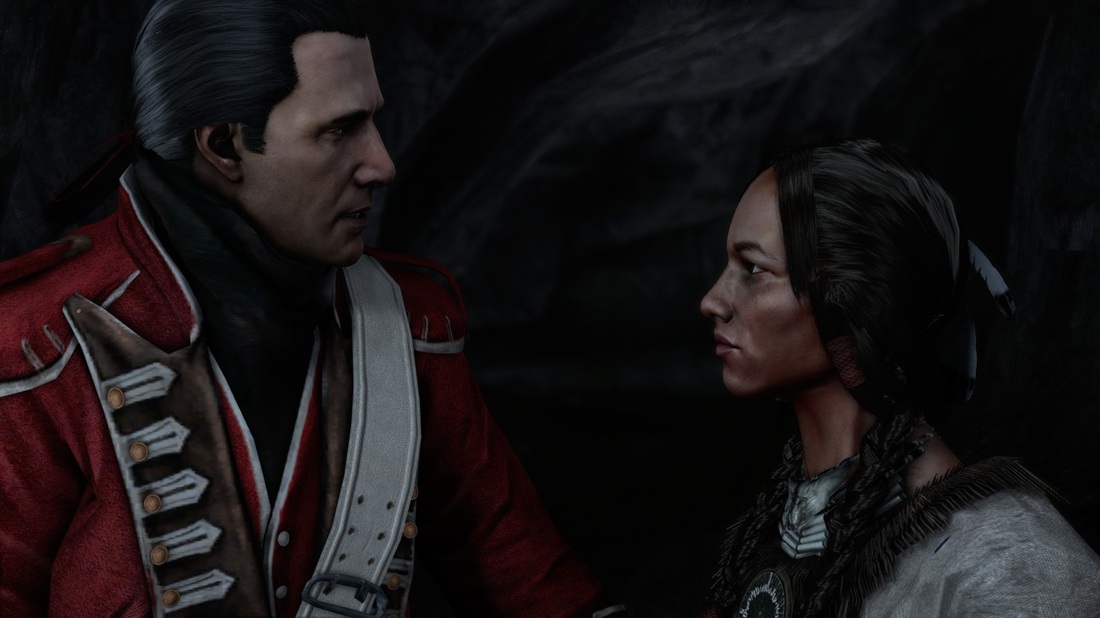
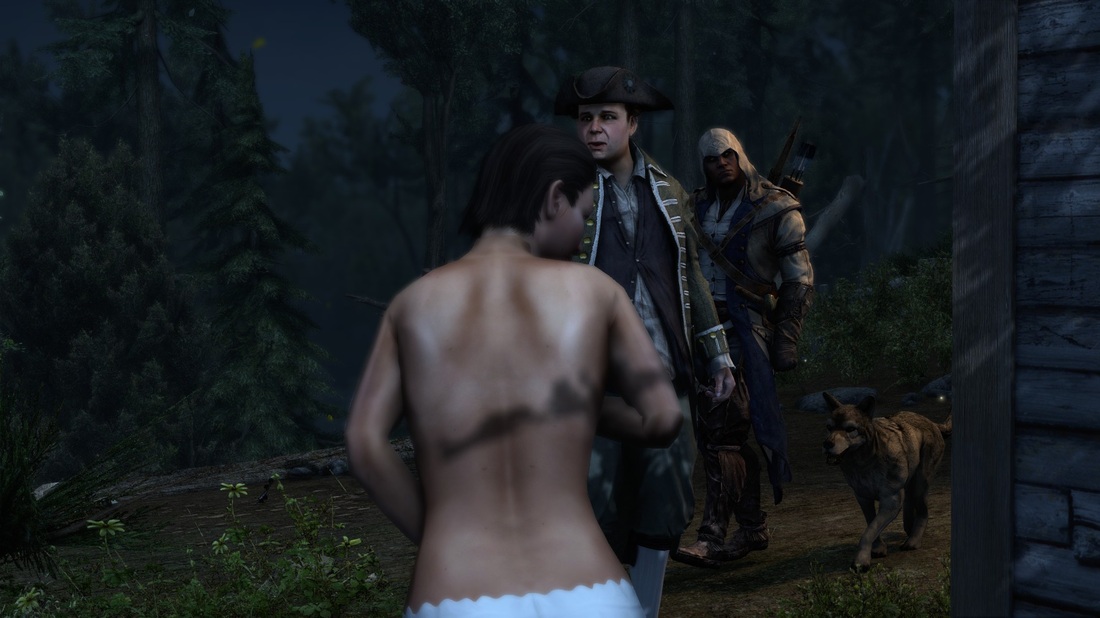
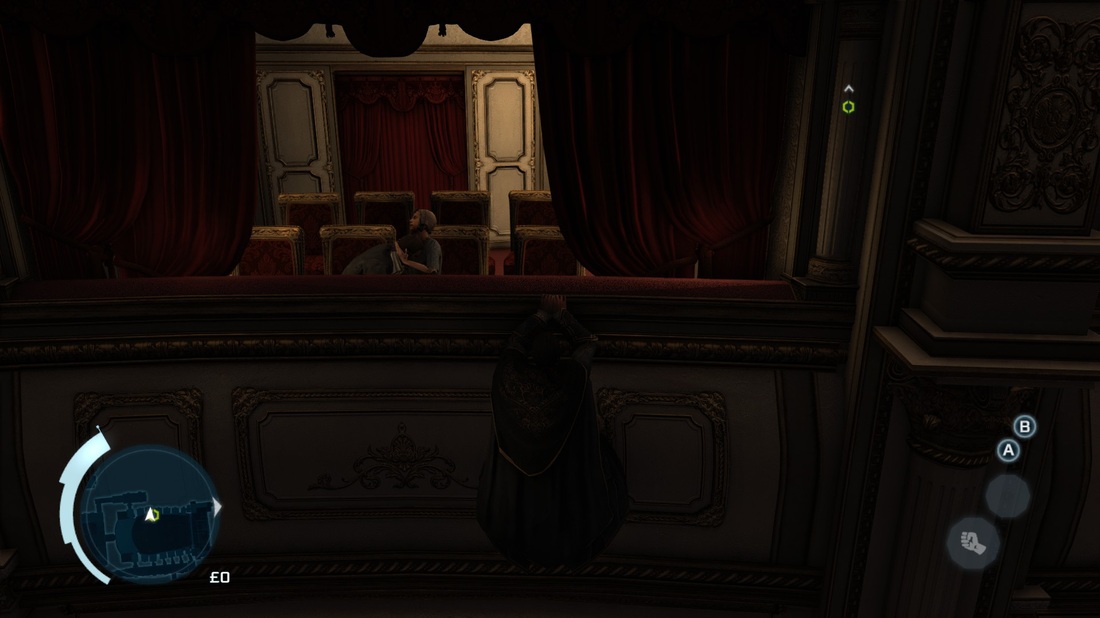
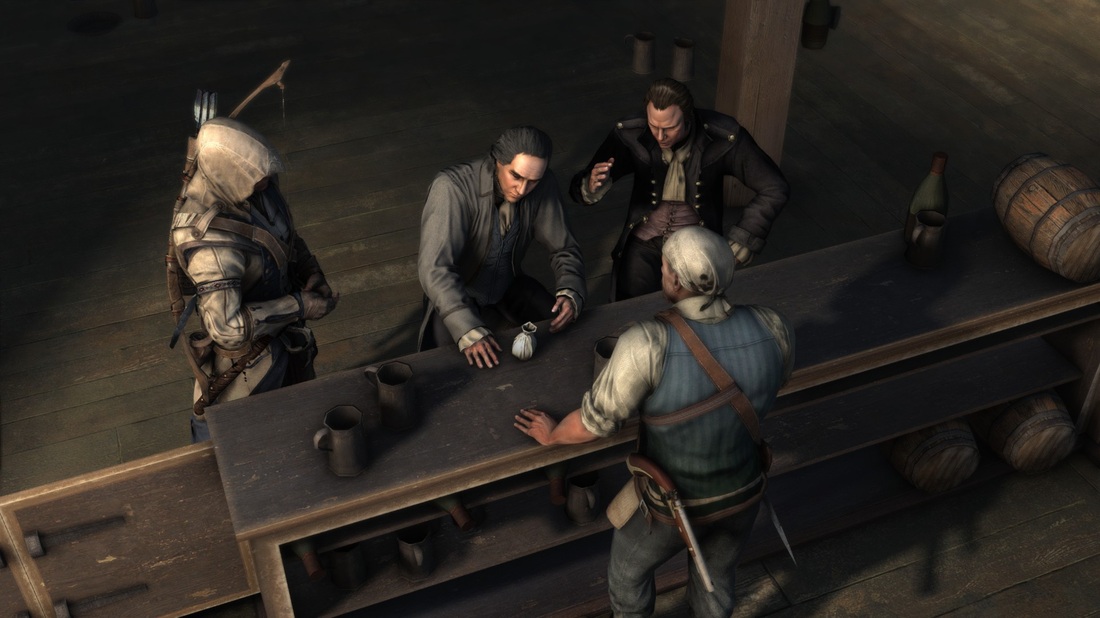
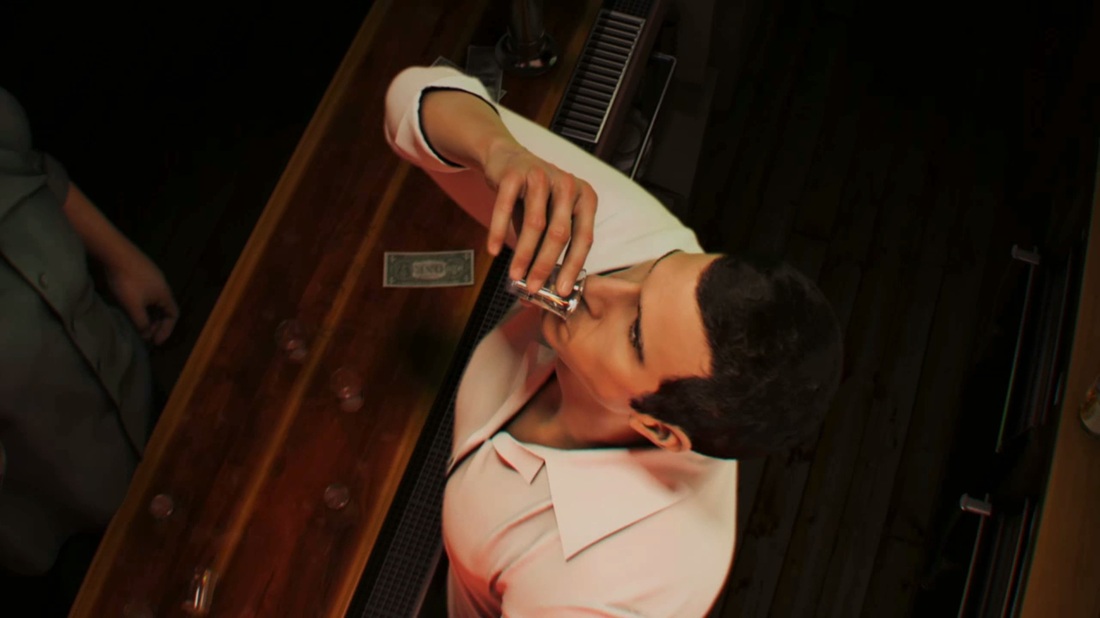
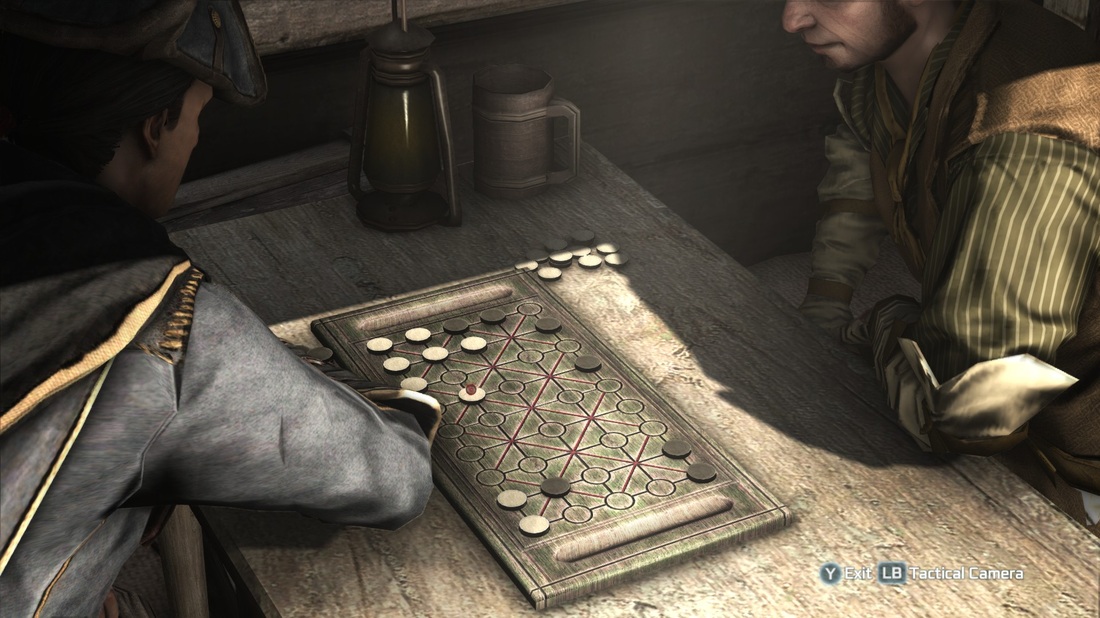
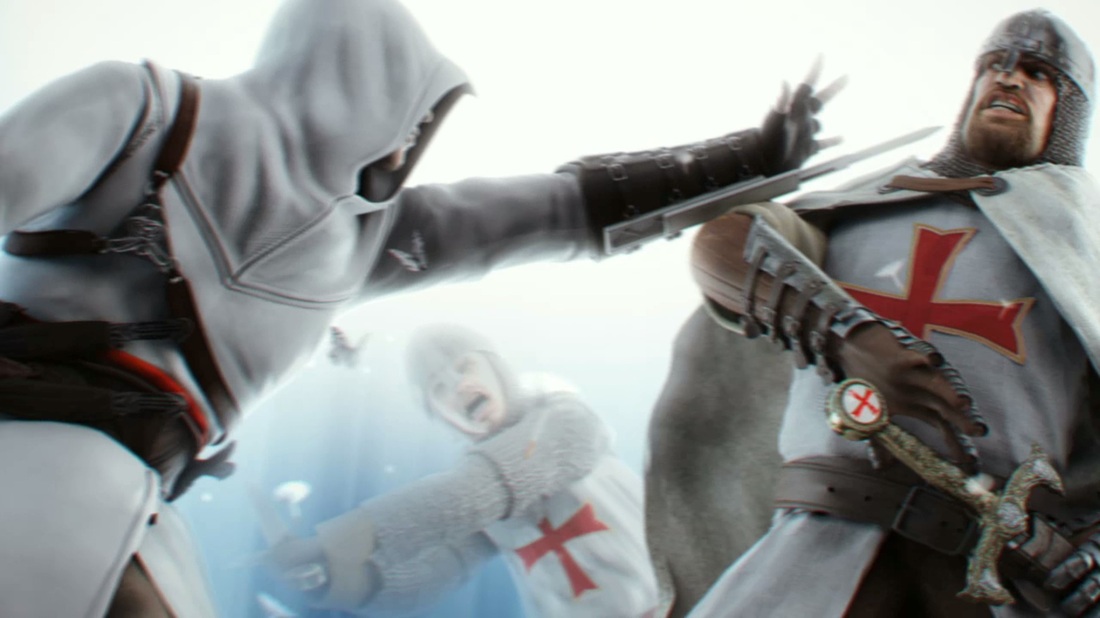
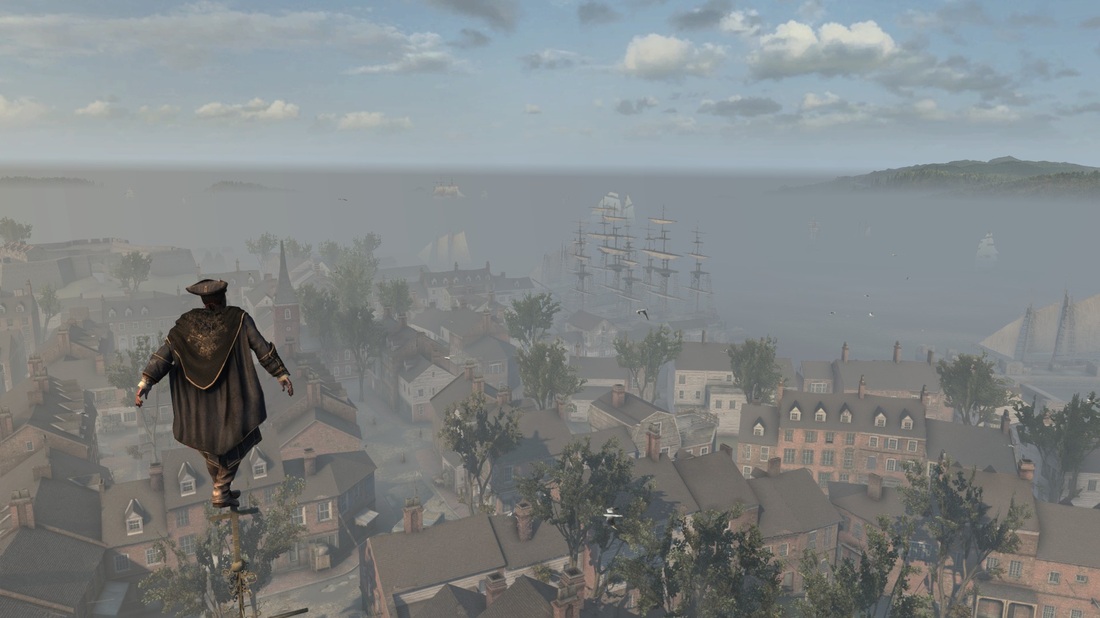

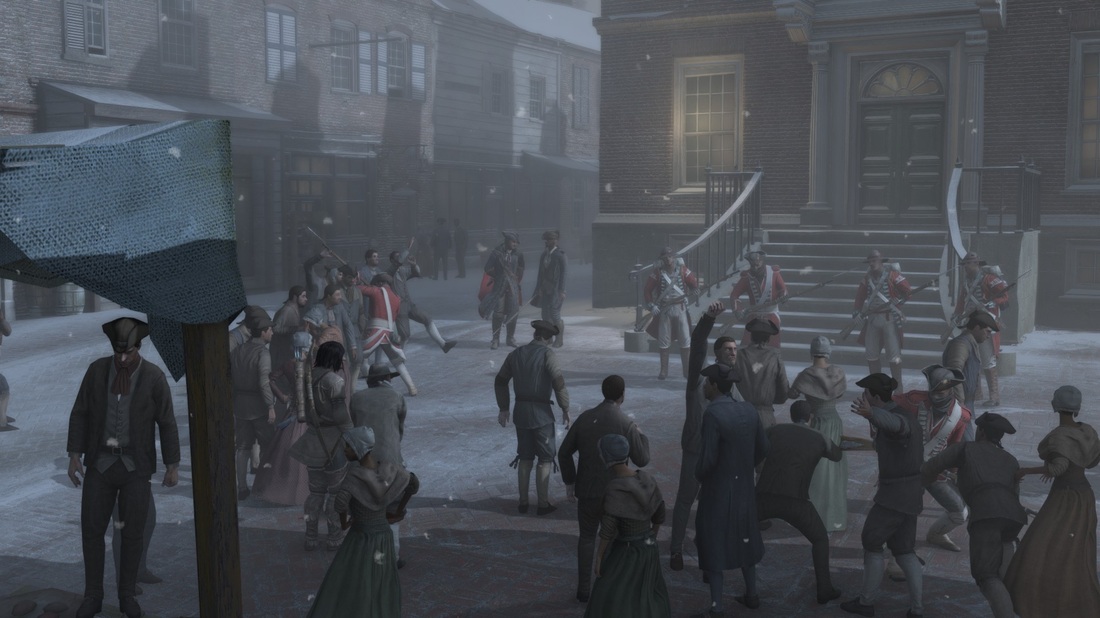
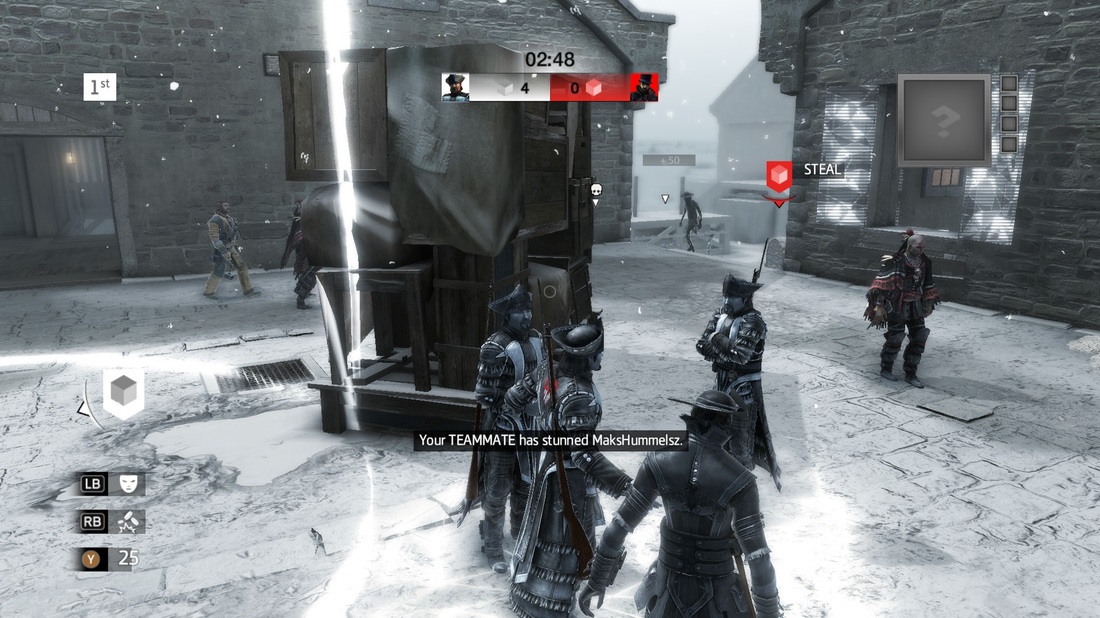
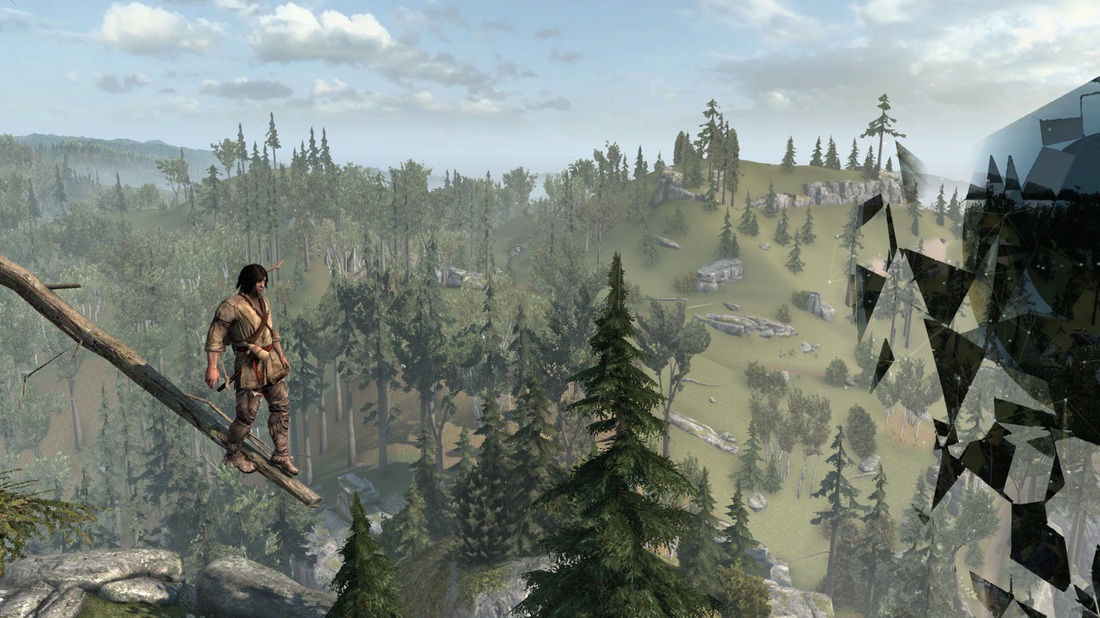
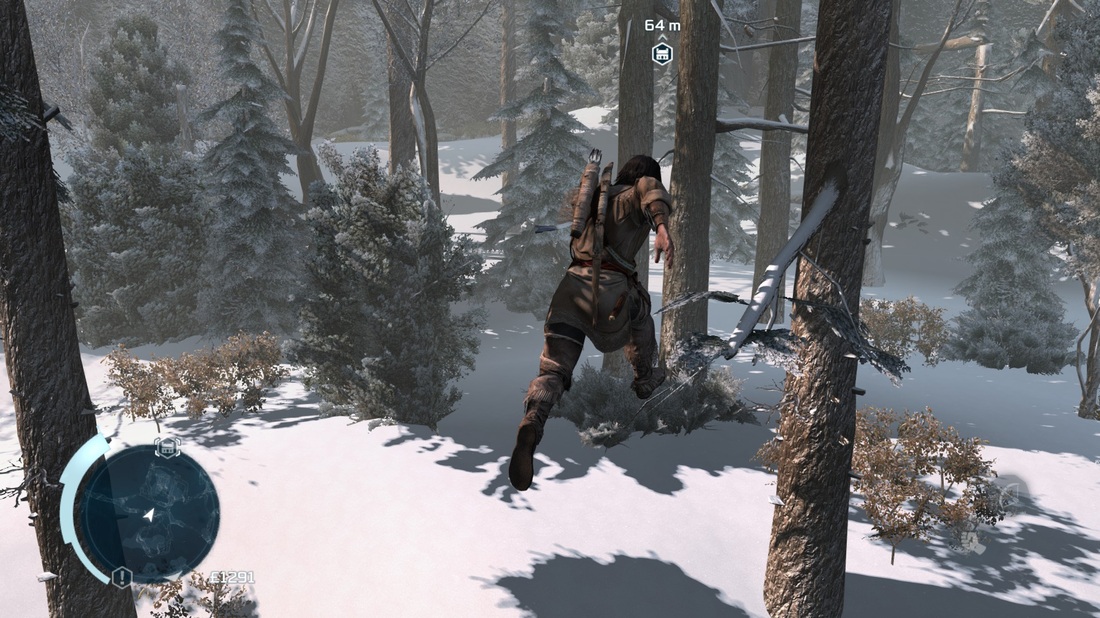
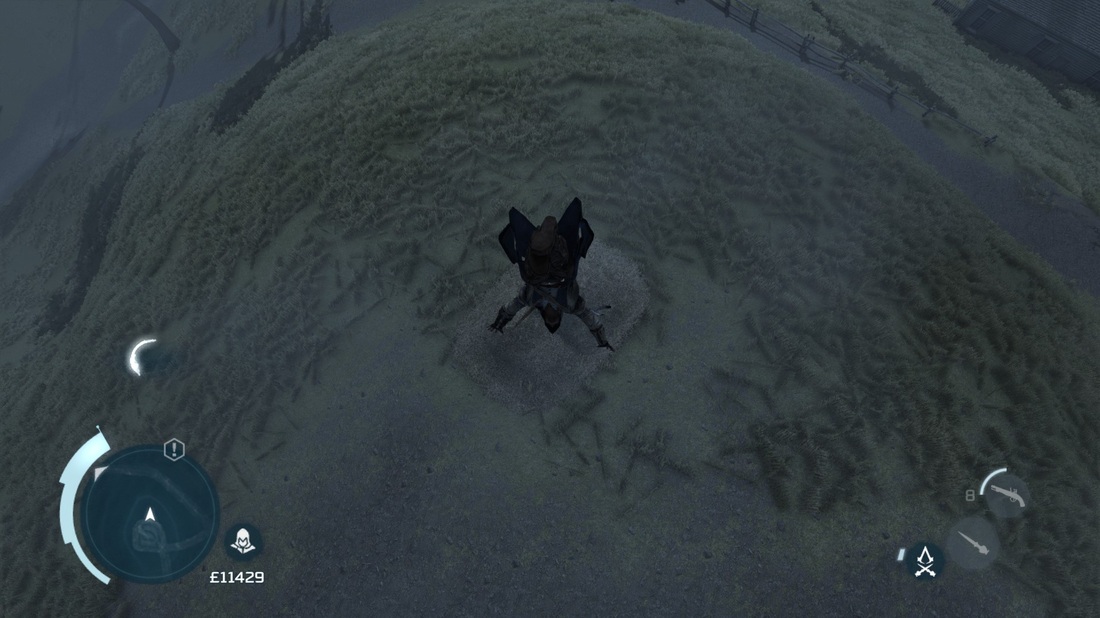
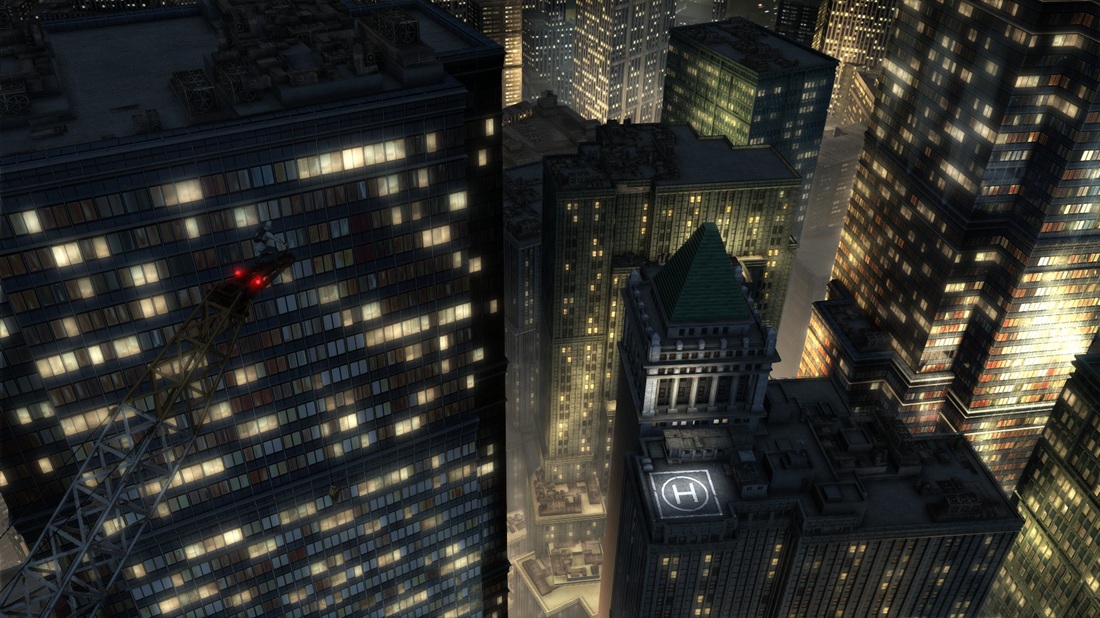
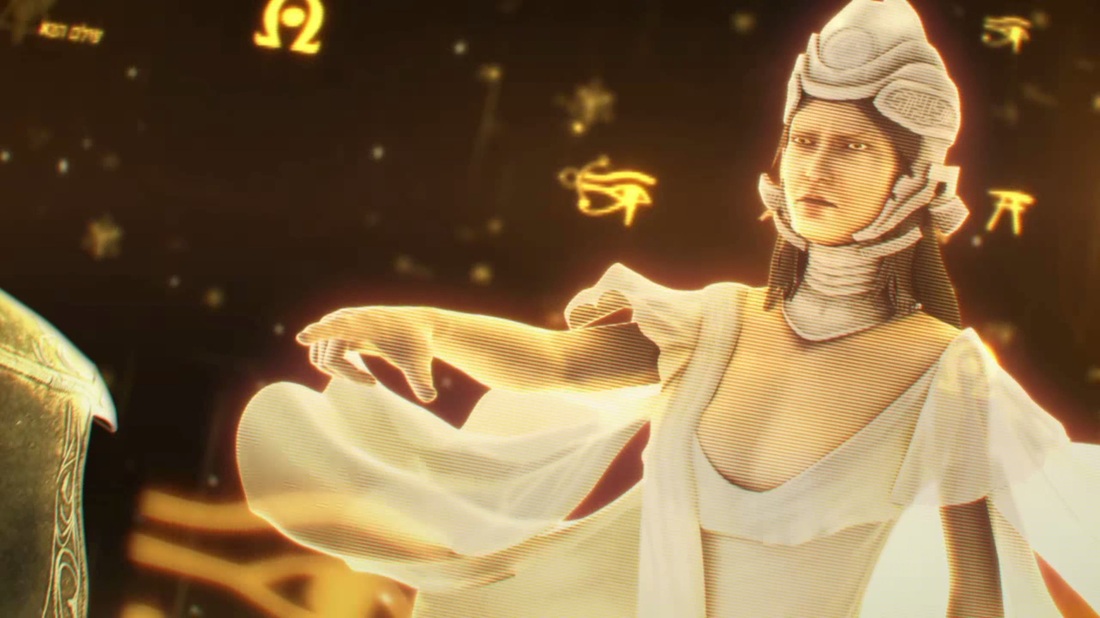
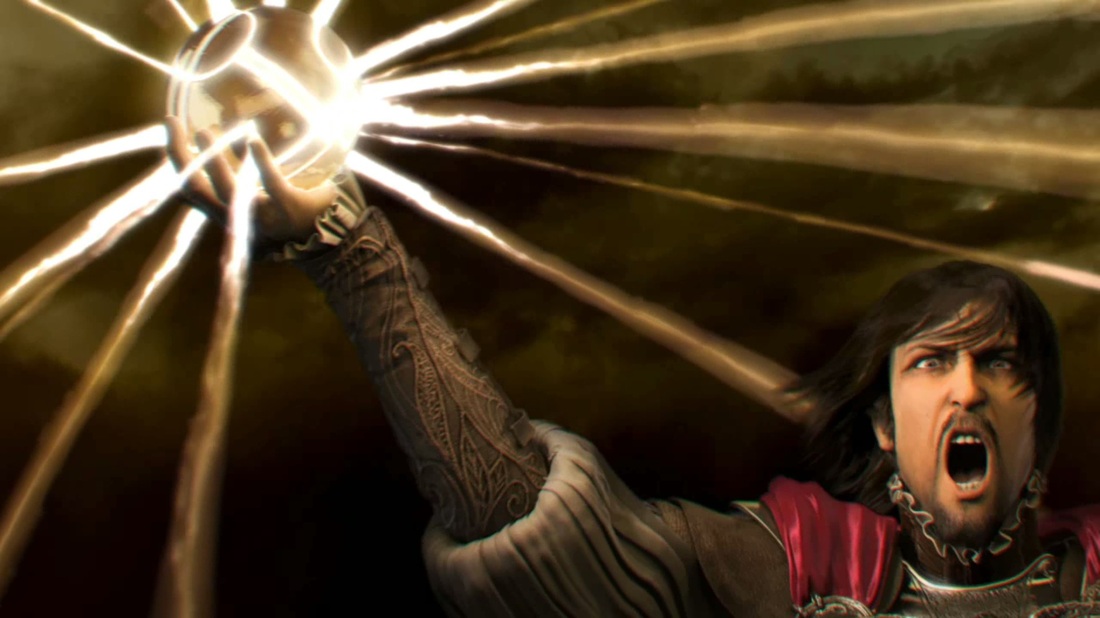
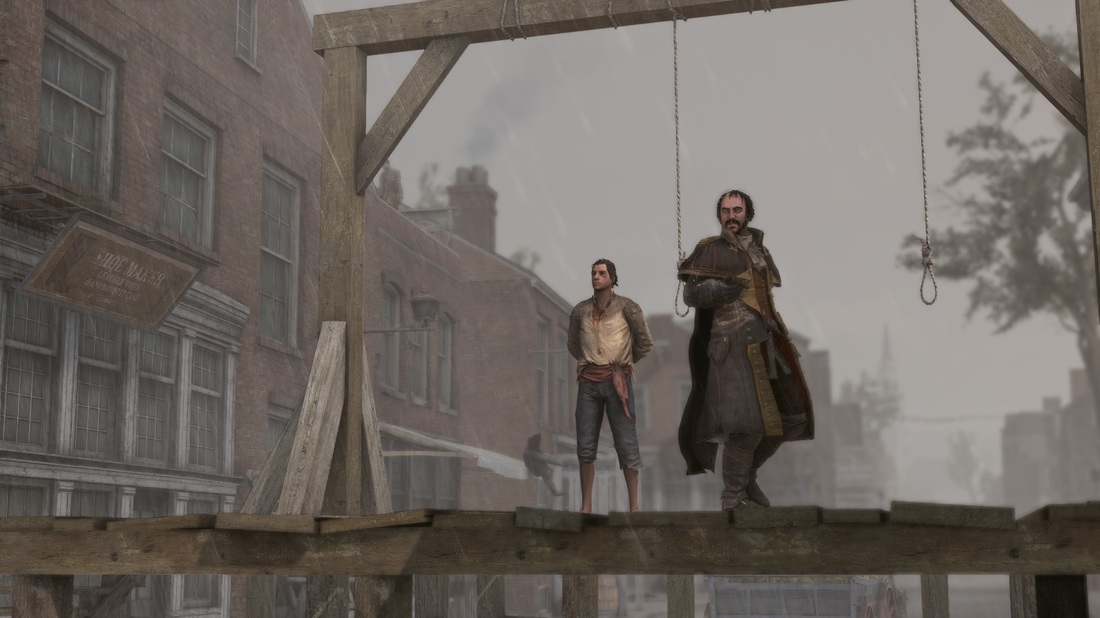
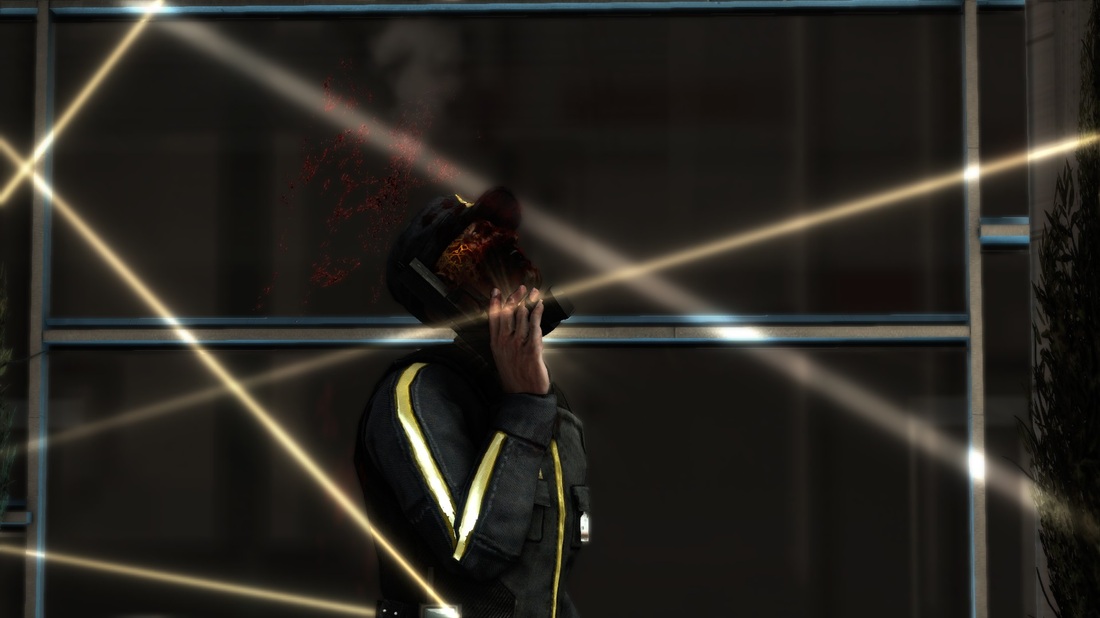
 RSS Feed
RSS Feed